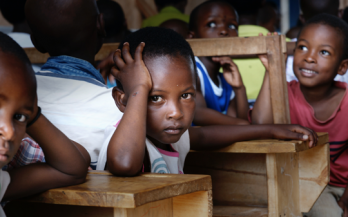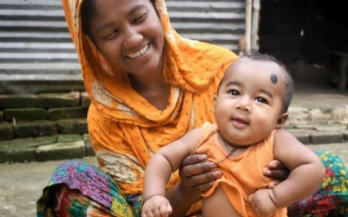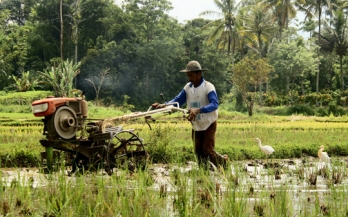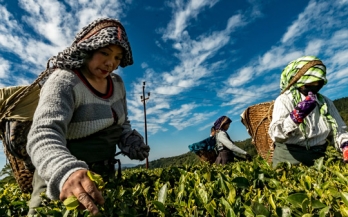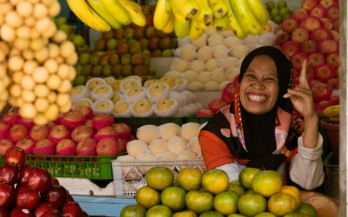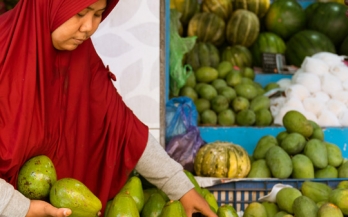Access to fortified foods for infants and young children can be difficult, especially for low-income families. Having worked in different civil society organisations, I see how powerful the partnerships the Global Alliance for Improved Nutrition (GAIN) has with the market-based actors. Through public-private engagements, we work to increase the access to and create the demand for nutritious food for caregivers to give to their children. Placing extra attention on affordability makes my work extra meaningful.
The calendar is about to turn the page over to a new year and that new year brings hope for a world currently gripped by a pandemic that has wreaked havoc for months. COVID-19 has made 2020 the year we wish we could forget but never will. With the roll-out of
vaccines, the end of the pandemic and its related global disruptions seem to be in sight. But not everyone will be able to breathe a sigh of relief.
As we draw to the end of 2020, COVID-19 rages on; hunger numbers are on the increase; and we are not on track to meet the 1.5C Paris target to limit global warming. According to the Johns Hopkins COVID-19 Dashboard, 72 million people have been infected with the novel coronavirus and 1.7 million have died. And counting. According to the IMF, the measures taken to combat the virus have led to GDP declines of around 4-10%, depending on the country.
Maternal nutrition has often been a neglected area and the global burden of maternal undernutrition in low-and middle-income countries remains staggeringly high. An estimated 450 million women have short stature, 240 million are underweight with a body mass index below 18.5, and 496 million are anaemic.
Ensuring markets provide enough nutritious and safe food to those living in poverty in low income countries is an urgent priority. Many in such markets across the world lack access to affordable foods that are safe and rich in the nutrients needed to sustain life and livelihoods.
In a blog a few days ago, I discussed a report released recently from Ceres2030, an initiative that aims to support governments to eliminate hunger while also improving diets, supporting livelihoods, and enhancing environmental sustainability by synthesising existing evidence on agricultural interventions and estimating the cost of achieving these interlinked goals by 2030
An additional USD 33 billion (60% from local citizens via taxes, 40% from official development assistance and donors) per year, from now to 2030, is needed to end hunger in a way that is sustainable for both the planet and the livelihoods of small-scale producers in low- and middle income countries.
In 2021 we nutrition champions are blessed with not one, but two summits to advance nutrition outcomes. The UN Food Systems Summit (FSS) will take place in September in New York and the Nutrition for Growth Summit will be held in Tokyo in December.
A few months ago, a new analysis came out with a shocking number: about 1.6 billion people could not afford a healthy, sustainable diet. A few weeks ago, the publication of the 2020 "State of Food Insecurity and Nutrition in the World" (SOFI) report further rocked the food and nutrition community with an even more startling number: an estimated 3 billion people could not afford a healthy diet.
My first exposure to the effects of malnutrition occurred in 1999 in central war-torn Angola. Due to the armed conflict, hundreds of thousands of internally displaced people (IDPs) were fleeing their homes and hunkering down in various camps huddled around the outskirts of the main town.


